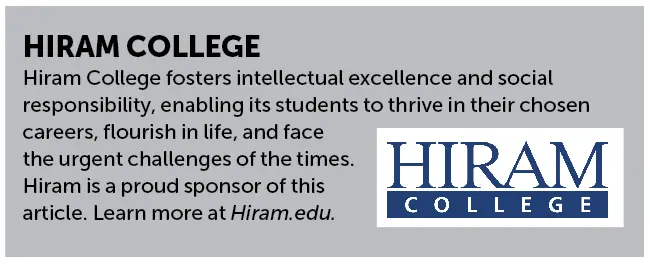Shocked by College Sticker Price? Here’s What Families Need to Know.
Research the costs of private colleges these days, and you’ll end up with a bad case of sticker shock. In fact, the average private college sticker price is now around $32,000 a year, according to the College Board. Meanwhile, the sticker price at more selective private colleges is often $50,000. And up, with many elite institutions (like the Ivy League) are nearing the $70,000 per year mark. [adrotate banner=”103″]
But here’s the thing. The majority of students don’t pay sticker price. So before you cross a private college off your list as too expensive, it’s worth taking the time to understand what it will really cost your student to attend. We caught up with Lindajean Heller Western, vice president for enrollment at Ohio’s Hiram College, to find out more.
Why You Should Look Past College Sticker Price
1. Understand that Most Students Don’t Pay Sticker Price.
The average family actually pays about half the $32,000 sticker price at private colleges: $14,890, according to the College Board. Heller Western recommends that families start their research on college costs at the U.S. Department of Education’s CollegeScorecard.com. You can browse data on what the average student pays, graduation rates, earnings after graduation, and more. “It has data for every accredited college and university,” says Western, “so you can make a real apples-to-apples comparison between schools you’re interested in.”
2. Use Net Price Calculators (NPC) to Get an Estimate of Your Family’s Costs.
The costs published on CollegeScorecard.com are just averages. Some students pay less; some pay more. To get a better understanding of the actual college prices (called your net price), it can be helpful to fill out a college’s Net Price Calculator (NPC). Western notes that every college is required by the Department of Education to have an NPC on its website. You’ll input information about your family’s financial situation. Then the NPC provides an estimate of your family’s net price for that institution. For your family, that college with a $70,000 a year college sticker price may cost much (much) less.
3. Research Graduation Rates.
An important consideration, when it comes to costs: How long will you be in school? “Look at the data,” Western advises. “Can you graduate from that particular school in four years with that degree? For example, while a state school might be lower in terms of annual costs, if you have to go to that school for a fifth year, then a school with a higher annual cost may actually be less expensive overall because you will graduate in four years.”
4. Apply to Schools that Offer Merit Scholarships.
Merit scholarships (also called merit aid) is money awarded to students based on academics and other accomplishments. That’s different than financial, or need-based, aid, which is awarded based on your family’s financial circumstances. Families with higher incomes will want to find schools that are generous with merit aid (not all schools offer it), as they will not be eligible for much, if any, need-based aid. (Lower income students are eligible for both need-based and merit aid). Note that net college price calculators tend not to include merit awards, so Western recommends students do research on a college’s website. “We publish the different merit scholarships we offer at Hiram on our website,” she says. “We like that to be easily accessible for our prospective students.”
5. Explore Other Ways to Cut Costs.
If the cost of college still looks prohibitive for your family (perhaps your student isn’t eligible for enough financial aid), don’t lose hope, says Western. “There are a lot of options out there.” That includes starting a degree at a community college, then transferring to a four-year institution. 
Another option: dual enrollment programs, which allow high-school students to enroll for free in college classes while still in high school. “Students can complete college courses in high school that can transfer to the college they are going to,” explains Western. “That is also a wonderful way to save money.”




